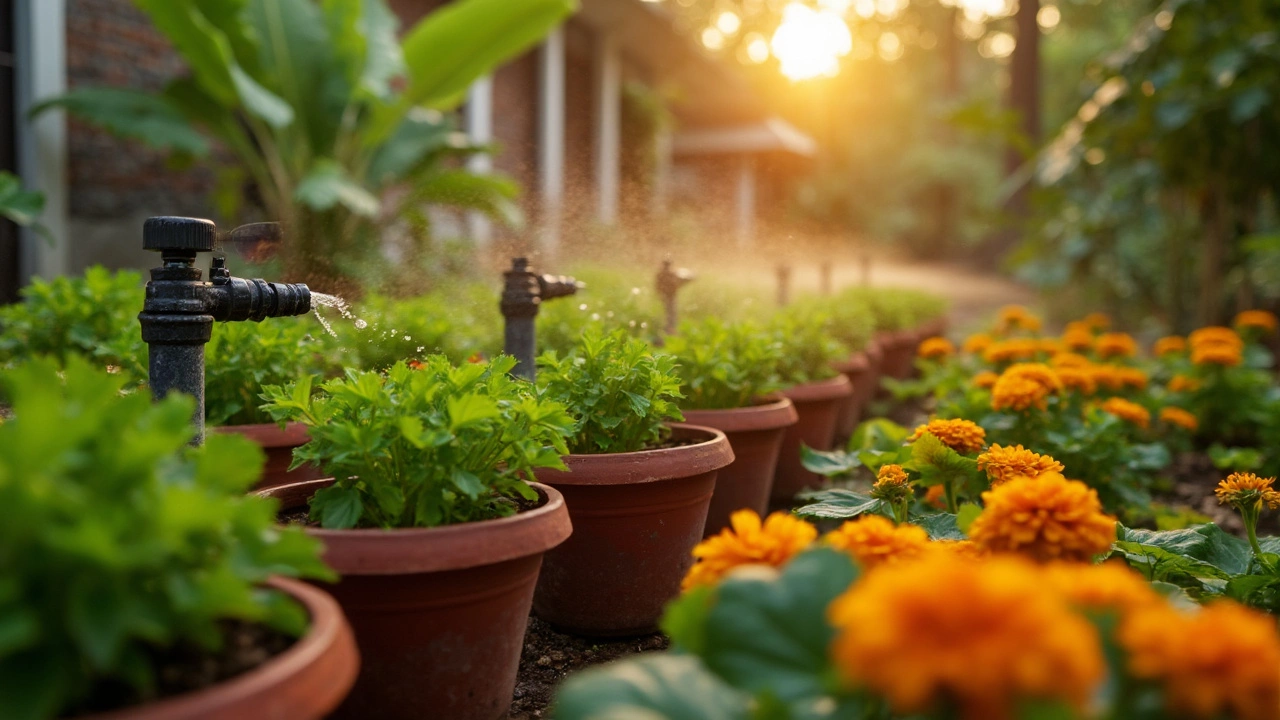Discover the true difference between a dripper and an emitter in garden irrigation. Get practical tips, examples, and surprising facts to help your plants thrive.
Emitter Issues and Solutions for Drip Irrigation in Indian Gardens
When you use a emitter, a small device that releases water slowly and precisely in drip irrigation systems. Also known as drip nozzle, it's the quiet hero of water-saving gardens across India — from balcony herb pots to large vegetable farms. But here’s the truth: even the best emitter can turn into a headache if it clogs, leaks, or stops working altogether. You’ve seen it — your plants look thirsty, but the drip line is dry. Or worse, one spot is flooding while others are parched. That’s not a system failure. It’s an emitter problem.
Most emitter issues come down to three things: dirt, minerals, and time. In India’s hard water areas, calcium and magnesium build up inside tiny emitter channels. Dust and organic debris from compost or soil get sucked in during watering. And when you leave the system idle for days — say, during a monsoon break — algae and bacteria grow inside. These aren’t abstract problems. They’re daily realities for farmers in Punjab, gardeners in Bangalore, and terrace growers in Mumbai. The fix isn’t always expensive. Sometimes it’s just flushing the lines, using a filter, or replacing a $2 emitter before it ruins your whole setup.
Related to this are the tools and practices that keep emitters working. A good drip irrigation system, a network of tubes and emitters that deliver water directly to plant roots. Also known as drip line, needs regular maintenance. You don’t need fancy gear — a simple inline filter, a flush valve, and a pin to clear blockages go a long way. And don’t ignore the emitter flow rate, how much water each emitter releases per hour, usually measured in liters or gallons. A 1 L/hr emitter works fine for a potted basil, but a tomato plant in full sun might need 2 L/hr. Mismatched flow rates mean uneven watering — and stressed plants.
What you’ll find in the posts below aren’t just fixes. They’re real stories from Indian gardeners who’ve dealt with clogged lines, broken emitters, and wasted water. You’ll learn how to test flow rates, clean emitters with vinegar or baking soda, choose the right type for your soil, and avoid the most common mistakes that lead to system failure. Whether you’re growing vegetables on a balcony or managing a small farm, getting your emitters right means less water waste, healthier plants, and more time enjoying your garden — not fixing pipes.
